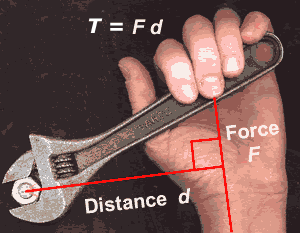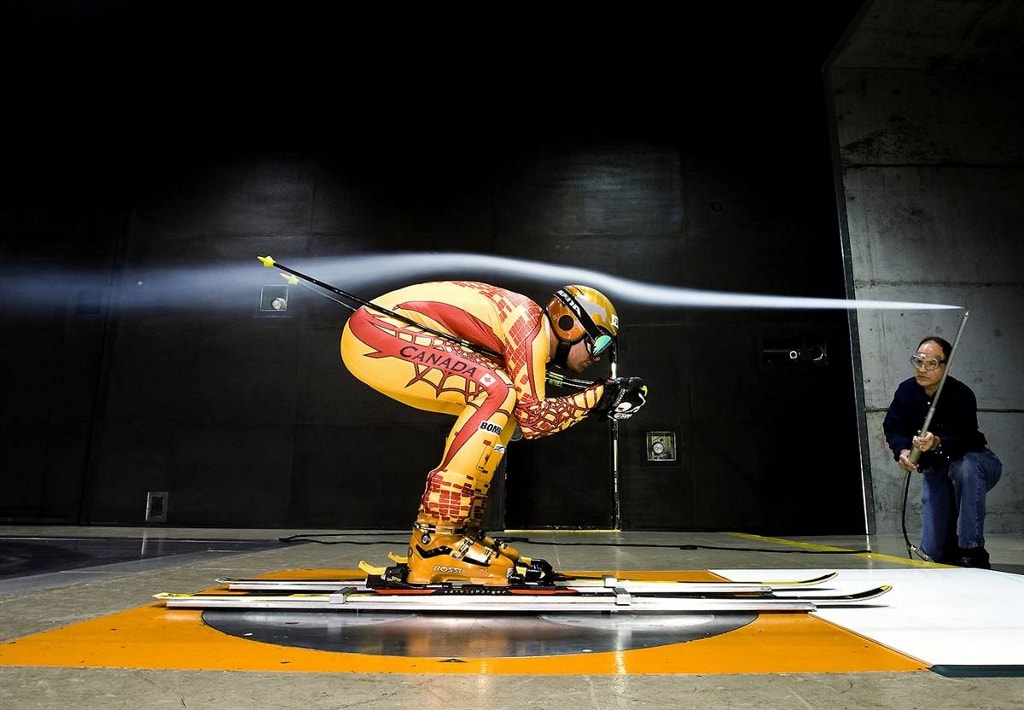Sean Walton
ex physics student, ex physics teacher, current research engineer at Swansea University

(...which includes deformation)


The alteration of motion is ever proportional to the motive force impressed; and is made in the direction of the right line in which that force is impressed
The change of momentum of a body is proportional to the impulse impressed on the body, and happens along the straight line on which that impulse is impressed


...take into account the position of forces
...tell us if something is going to rotate


Linear Motion means constant acceleration - this is our assumption we always need to keep this in mind!


Lift = Coefficient of Lift x (Density of Air / 2) x Wing area x Velocity x Velocity
Drag = Coefficient of Drag x (Density of Air / 2) x Wing area x Velocity x Velocity



By Sean Walton
In this lecture we will discuss some basic tools from physics which will help your design process.
ex physics student, ex physics teacher, current research engineer at Swansea University